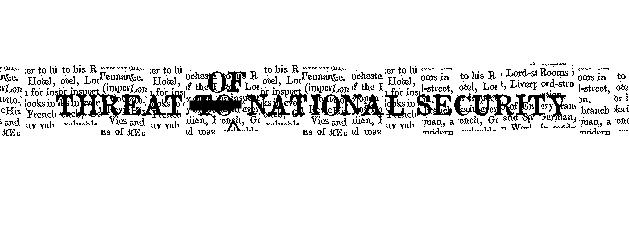
Day 98 of the continued brutal crackdown and in its response mass civil-disobedience, strikes in Indian occupied Kashmir. Graphic novelist Malik Sajad’s Op-Art has been published by the New York Times.

Bulletin of the Atomic Scientists last week published an article by nuclear experts, including Alan Robock and Hans Kristensen that presents one of the many possible nuclear exchange scenarios in the near future when “each country will possess about 250 nuclear weapons. In the end, Pakistan will use all its weapons, while India will reserve 100 of them to defend against future attacks from China.”
They predict close to 10 crore deaths within weeks and”a nuclear winter would halt agriculture around the world and produce famine for billions of people… Also, ozone would be destroyed as the rising smoke absorbs sunlight and heats the stratosphere, allowing more ultraviolet light to reach the ground and creating negative effects that we have yet to study.”
On the legitimacy of nuclear weapons and deterrence, they write that “the existence of enormous arsenals of nuclear weapons during this time has not prevented terrorism or countless regional, territorial, and politically motivated military actions, taking in aggregate a terrible human toll. It would be foolhardy, of course, to suggest that an effective way to stop warfare would be to arm all nations with nuclear weapons as local deterrents. Contrarily, we understand, in the 21st century, that establishing mechanisms for conflict negotiation and resolution on a global international basis is the only safe and practical way to end the carnage. We are not Pollyannas. But it should be the mission of every concerned citizen, particularly those in positions of influence, to work toward the abolition of nuclear weapons, within the context of global peace and security mechanisms”
The threat of nuclear weapons (besides, only, climate breakdown) poses the question of cosmic significance: will organized life survive? No terrorist organization or armed insurgency comes anywhere close to posing such a threat.
Nissim Mannathukkaren in The Hindu writes that, “an analysis done by political satirist Ramit Verma showed that of the 202 popular prime-time news debates across four major Hindi channels till October 19, at least 79 were about attacking Pakistan; 66 about attacking the Opposition; 36 about praising the Prime Minister and the ruling party; and 14 about Ram Mandir. There was not a single debate on the economy, unemployment, education, health, gender, farmers or the environment. This is simply staggering by any measure.” He could have added the menacing nuclear threat to the list.
Mannathukkaren also points out that “in 2018, terrorism/militancy killed 400 civilians and security personnel. Compare this to the fact that 1,02,677 children (under five) died from easily preventable diarrhoeal diseases in 2017, or that 8,75,659 children (under five) were killed by communicable, neonatal and nutritional diseases. Or consider that while the number of terrorism/militancy-related deaths have come down substantially to around 500 from 2011 onwards, the burden of deaths from diseases like cardiovascular ones has drastically increased from about 13 lakh in 1990 to 26.32 lakh in 2017.”
Yet in the
The monster that is the Indian state is swallowing up its own population for the health of the war machine, with 10 crore life under its fingers, it is one of the biggest terrorist organization in world history. Kashmiris are bravely resisting and fighting this mammoth.